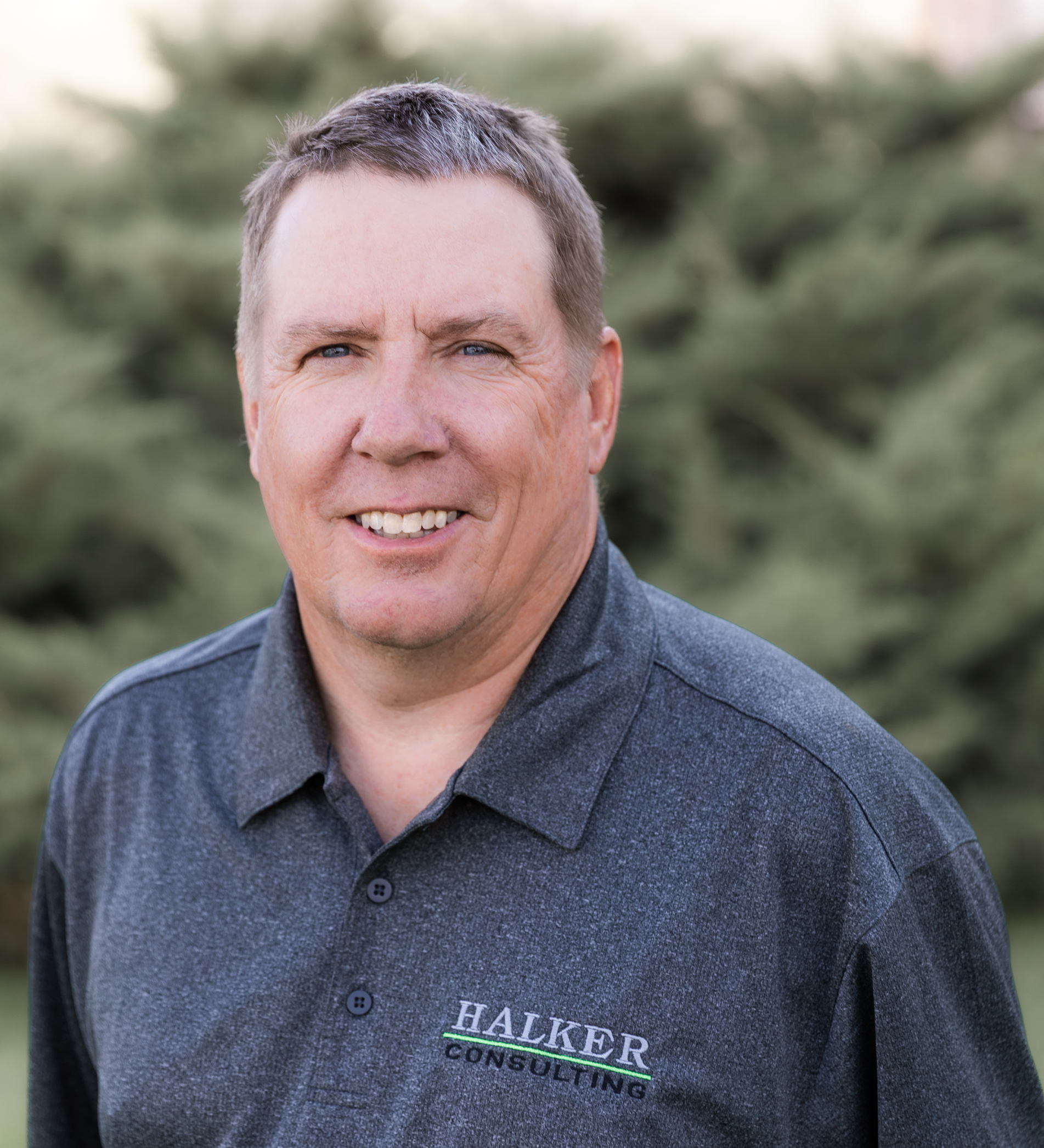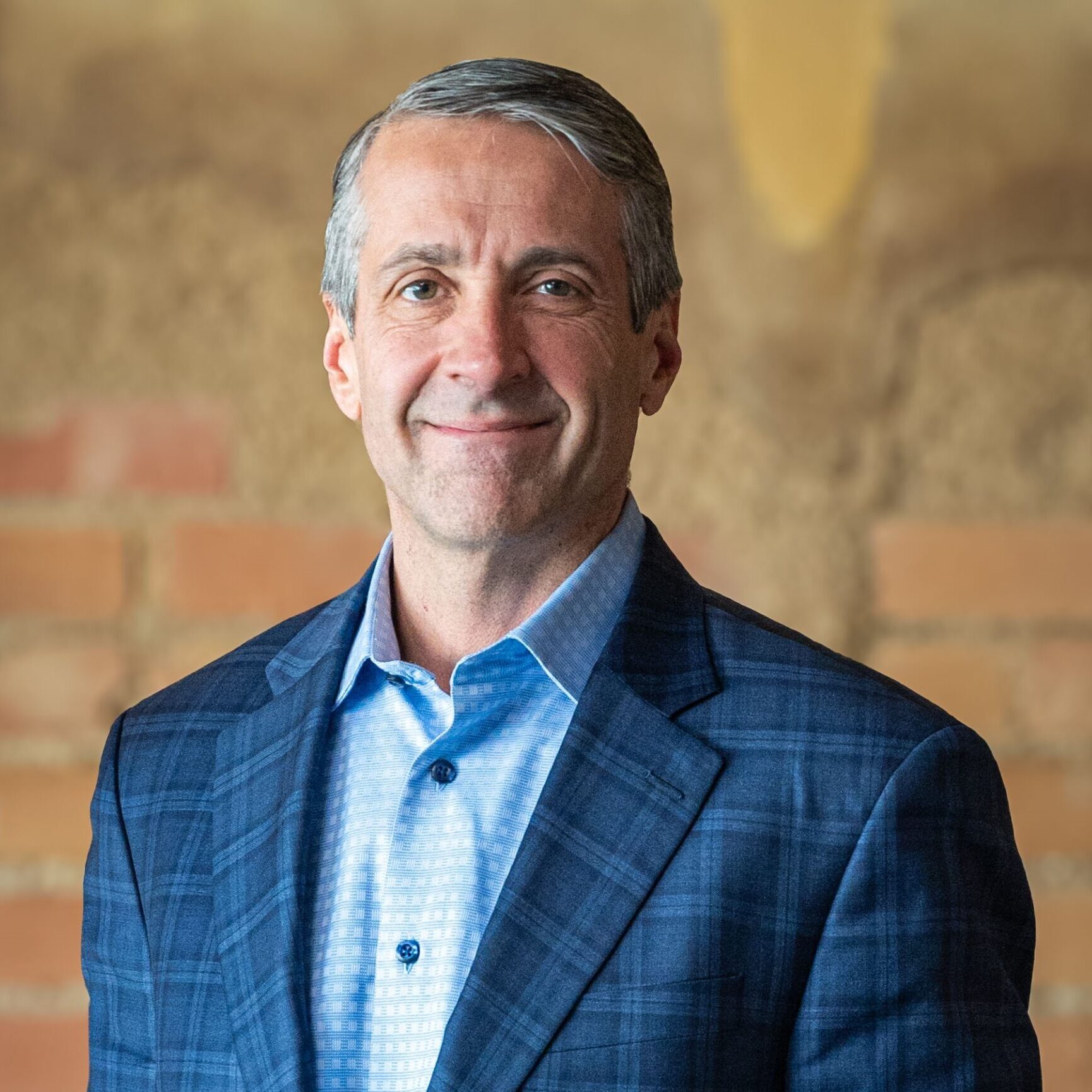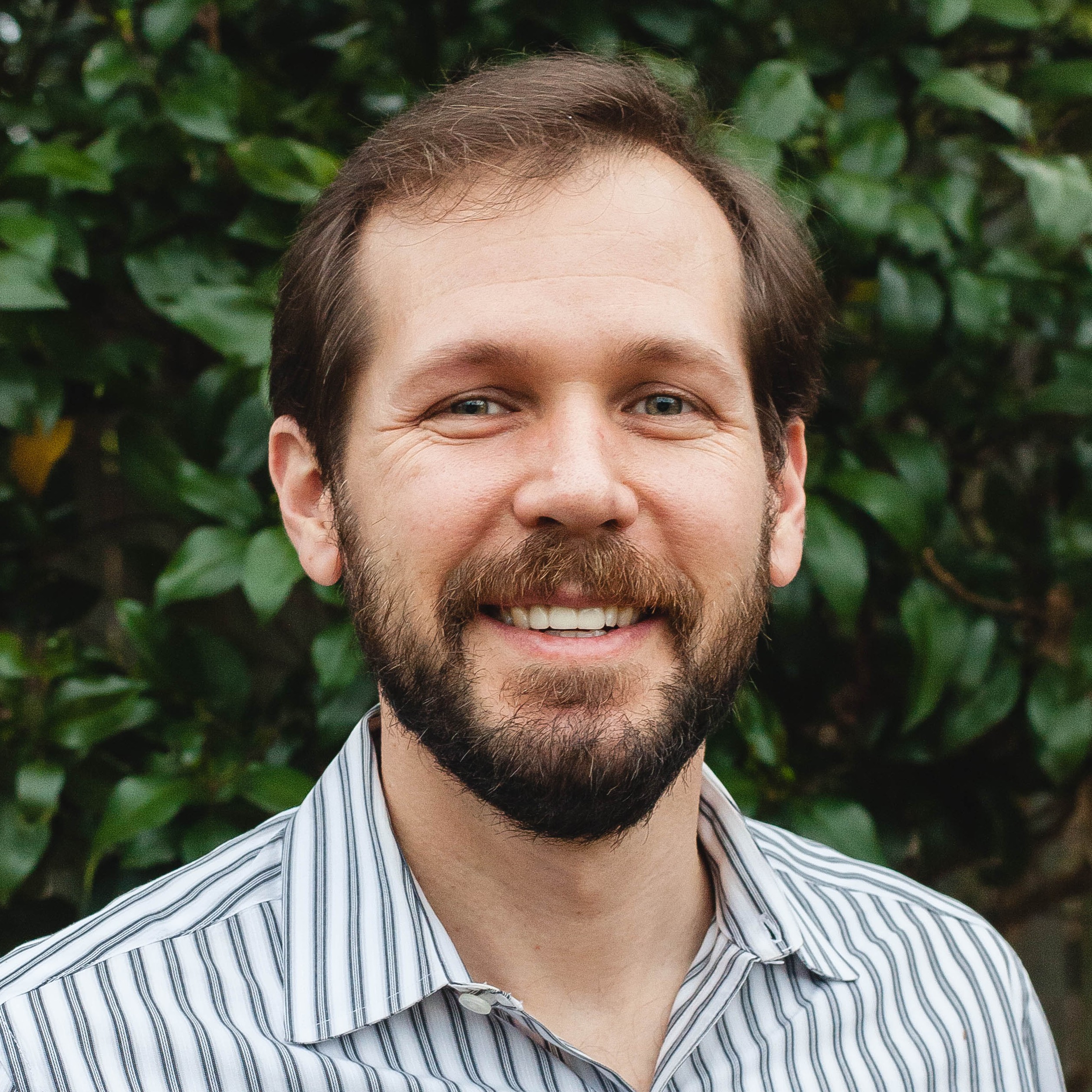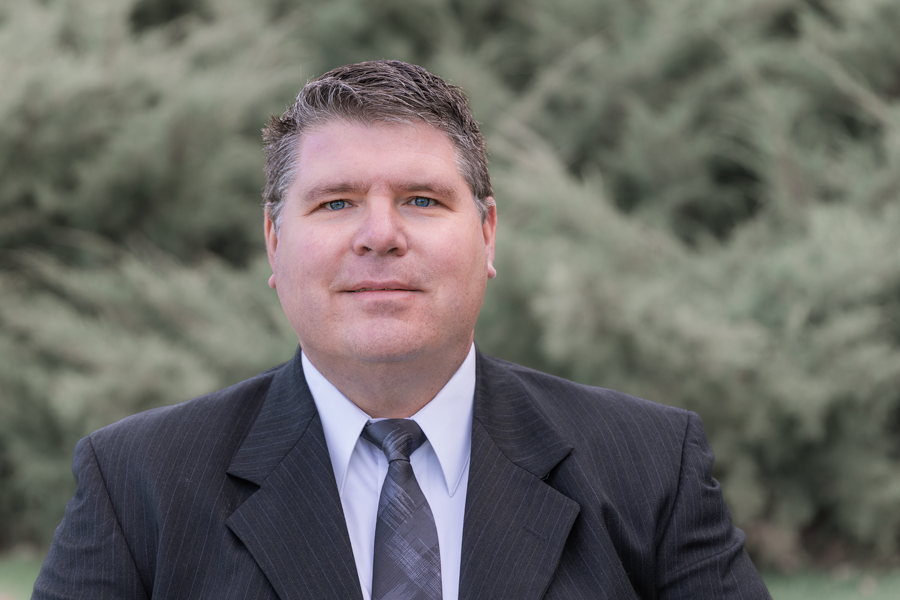Client Challenge:
As the American oil and gas industry moves away from single-well, vertical drilling techniques and embraces the opportunities available via directional drilling and multi-well sites, many energy firms are facing new challenges when it comes to processing the increased production loads that come with these expanded systems. This is not necessarily a bad thing, however. With this increased complexity in the upstream portions of the supply chain, the operational build-out and management of oil and gas fields have become strategic opportunities for individual energy companies, as efficiency, speed and agility have emerged as potential advantages in the marketplace. As a result, owners and operators are now partnering with innovative engineering firms to develop their new and existing assets for maximum performance and profit. It is an exciting time in oil and gas engineering.
In 2011, a leading independent energy company (“The Client”), which explores, develops, and produces crude oil and natural gas in the Western United States and internationally, approached Halker Consulting LLC (“Halker”) for help addressing these challenges at its facilities. Specifically, they needed to engineer a way to manage the production flow at its multi-well sites to better capitalize on the value of these advanced drilling technologies. The exponential increase in production from multi-well drilling meant The Client would suddenly have much more oil and gas to manage at its sites, and with that would come an equally exponential increase in site risk and environmental impact. The Client found that its existing facilities were unprepared to deal with this sort of volume and understood the potential dangers of over ranged equipment”, spillage or leaks if they did not redesign their systems. Lacking the in-house expertise needed to engineer a solution to this problem, The Client partnered with Halker.
The Solution:
Central Processing Facilities
In order to improve efficiency and keep up with its sites’ growing production needs, The Client needed a way to consolidate the processing facilities for all of its wellheads via the use of a Central Processing Facility (CPF). Situated away from the wells and engineered to support the production needs of multiple wellheads at one location, the CPF design enables companies to leverage the efficiency and cost-saving advantages of directional drilling by providing three-phase separation, interim storage of both oil and water, and export support for natural gas, oil and water at a single, centralized site.
In partnership with The Client, Halker designed and built a CPF system for The Client’s Western U.S. locations in which water and oil from its wells flow comingled in steel piping to the Central Processing Facility, while gas flows to the CPF in a separate steel pipe. The CPF then separates any remaining liquids from the gas before sending it offsite, and separates water from the oil before sending the oil to a Lease Automatic Custody Transfer (LACT) unit for export. Any remaining water is then processed and recycled. The system is hydraulically optimized based on well type curves and total expected production data to maximize capacity and minimize pressure drop. Mobile, skid mounted pigging facilities were designed and specified by Halker’s engineers to prevent line accumulation/blockages and allow ease of relocation when pipelines were extended. Halker’s engineers collaborated with The Client to provide an inherently safe and efficient gathering system design consistent with DOT Part 192 and ASME B31.3.
An oilfield incorporating this type of Central Processing Facility design is more efficient and requires less equipment than one where the gas-oil-water separations are performed at each individual well site, as is traditionally done, and provides a safe, highly-automated, and environmentally-protected solution for the entire facility. Now that the CPF is in use at The Client’s facilities there is less of a need for trucks to pick up product at each wellhead and, as a result, fewer workers on the road and reduced emissions from truck travel. Further, utilizing pipelines to transport fluids, as is done with Halker’s CPF, significantly reduces potential surface disturbances for water facilities, offering another layer of environmental protection for independent energy companies. Ultimately, by adopting the CPF, The Client has decreased the risk of hazard at its well sites and has been able to reduce the size of its production facilities and minimize overall emissions while maximizing profit at each well site.
At the time this document was created, the CPF for The Client’s field is processing, on average, 14,000 BPD of Crude Oil, 32 MMscfd of Gas and 6,000 BPD of produced water. The facility has handled total liquid volumes as high as 26,000 BPD. This volume is delivered from over 200 wells distributed on 14 multi-well pads. Following the initial rollout in 2013, The Client’s CPF went through a Phase 2 expansion in 2014 that doubled the facility throughput to handle another 200+ wells from an additional 10+ multi well pads.
The Result:
After adopting Halker’s Central Processing Facility design at its multi-well facilities, The Client saw a range of economic, safety, and environmental benefits.
Economic
Equipment Savings—By supporting the production needs of every wellhead from one, centrally located processing facility, The Client was able to dramatically reduce its overall equipment needs for each site. The Client’s overall equipment needs were further reduced by sending all production directly into the gathering system and then to the CPF, eliminating the need for a stage of three-phase separation and tank storage at the well site. Now, rather than building out mid-stream facilities, processing devices and storage containers at each well, the CPF has enabled The Client to focus its investment capital on further exploration, well development and other profit-generating activities.
Cost Savings—The Client is now able to maximize the value of its assets by taking advantage of economies of scale to better manage equipment costs across multiple type curve production flows. Further, the overall consolidation and centralization of engineered assets means decreased capital and operational costs for The Client.
Time-to-Market—With the centralization of well and equipment functions The Client’s site construction times were reduced, resulting in faster speed-to-market with more products. Since the multi-well design also meant higher product volumes, this has enabled The Client to maximize its profit at the facility in less time.
Safety and Risk
Transportation—By consolidating all of the site’s processing needs in one location, the CPF has limited the amount
of truck transport that The Client needs to manage between its wellheads, limiting the exposure to on-road accidents and minimizing the size of production facilities and overall emissions.
Best Practices—The Client depended on Halker’s significant experience in safe facilities design and engineering to help mitigate the risk of increasing production volumes. Halker adopted a framework of field safety based on OSHA PSM regulations and API RP 14C. Halker’s trained engineers worked with these industry standards and proven best practices to build a high volume site with a higher level of safety.
Environmental
Halker’s consolidated and centralized processing facilities design significantly decreased the overall environmental impact of The Client’s sites, reducing the footprint of its well sites, minimizing its air emissions and road use, and cutting down on its water consumption. With up to 44 wells operating on a single site, The Client has been able to trim its land footprint by more than 70 percent thanks to the CPF. The increased efficiency of the CPF system has also raised oil and gas production yields for the facility, while reducing the time and cost of The Client’s overall site operations.
 Curtis Anderson is a seasoned Projects Director at Halker, specializing in managing projects for electric utilities and renewable energy companies, including high voltage power, solar, wind, and battery energy storage systems (BESS). Prior to his current role, Curtis held various leadership positions with 12 years in the industry. As Technology Innovation Manager, he was instrumental in establishing and leading a Product and Innovation team within the Power and Renewables Industry, driving technology enablement initiatives, and fostering a culture of innovation. His work included guiding the development of new products, implementing AI-driven solutions, and supporting the launch of industry-first SaaS offerings. Curtis also played a key role in business-to-business collaborations, strategic planning, and served as a member of an Artificial Intelligence Governance Board, focusing on enhancing operational efficiency through technology and R&D efforts.
Curtis Anderson is a seasoned Projects Director at Halker, specializing in managing projects for electric utilities and renewable energy companies, including high voltage power, solar, wind, and battery energy storage systems (BESS). Prior to his current role, Curtis held various leadership positions with 12 years in the industry. As Technology Innovation Manager, he was instrumental in establishing and leading a Product and Innovation team within the Power and Renewables Industry, driving technology enablement initiatives, and fostering a culture of innovation. His work included guiding the development of new products, implementing AI-driven solutions, and supporting the launch of industry-first SaaS offerings. Curtis also played a key role in business-to-business collaborations, strategic planning, and served as a member of an Artificial Intelligence Governance Board, focusing on enhancing operational efficiency through technology and R&D efforts. Shannon McKibben is the director of Environmental Engineering at Halker, executing environmental, health, and safety projects for clients in construction, oil & gas, transportation, and power delivery. Under Shannon’s leadership, Halker’s Environmental Engineering group is actively diversifying from its historical role serving primarily road and highway construction clients into a support group for all of Halker’s projects, focusing on energy delivery and development.
Shannon McKibben is the director of Environmental Engineering at Halker, executing environmental, health, and safety projects for clients in construction, oil & gas, transportation, and power delivery. Under Shannon’s leadership, Halker’s Environmental Engineering group is actively diversifying from its historical role serving primarily road and highway construction clients into a support group for all of Halker’s projects, focusing on energy delivery and development. Dominic brings over 15 years of leadership in privately held and PE‑backed firms. Dominic’s experience in the energy industry expands across several sectors, including refining, midstream & pipeline and delivering fully modular facility solutions in the upstream production arena. Dominic has been involved in the sales and project management of more than 30 fully modular facilities in the Permian basin. He has built scalable go‑to‑market strategies that have helped drive impressive revenue growth: from $10M to $25M at Welker, and launching Petrosmith’s Modflex line to $40M in three years, while more than doubling revenue with its largest client.
Dominic brings over 15 years of leadership in privately held and PE‑backed firms. Dominic’s experience in the energy industry expands across several sectors, including refining, midstream & pipeline and delivering fully modular facility solutions in the upstream production arena. Dominic has been involved in the sales and project management of more than 30 fully modular facilities in the Permian basin. He has built scalable go‑to‑market strategies that have helped drive impressive revenue growth: from $10M to $25M at Welker, and launching Petrosmith’s Modflex line to $40M in three years, while more than doubling revenue with its largest client. 




 Philip Barr joined Halker in April 2023. With nearly 20 years of structural engineering experience, he has contributed to projects across the oil and gas, pharmaceutical, chemical, mining and metals, and manufacturing industries. Philip has successfully led structural design teams in executing projects totaling over one billion dollars in value. He has also worked internationally as a field engineer and client representative, gaining valuable experience in constructability, modular design, and retrofit construction. As Halker’s Director of Structural Engineering, Philip draws on his extensive background and technical expertise to deliver innovative and cost-effective structural solutions for clients across a wide range of industries.
Philip Barr joined Halker in April 2023. With nearly 20 years of structural engineering experience, he has contributed to projects across the oil and gas, pharmaceutical, chemical, mining and metals, and manufacturing industries. Philip has successfully led structural design teams in executing projects totaling over one billion dollars in value. He has also worked internationally as a field engineer and client representative, gaining valuable experience in constructability, modular design, and retrofit construction. As Halker’s Director of Structural Engineering, Philip draws on his extensive background and technical expertise to deliver innovative and cost-effective structural solutions for clients across a wide range of industries.
 Cory Shattuck is the Vice President of Power Services at Halker, based in Centennial, Colorado. With a career spanning roles such as Director of Power Delivery, Utility-scale Solar Technical Manager, Substation Technical Manager, and various engineering positions, Cory brings a wealth of experience to the energy sector. Cory’s expertise includes substation design, medium-voltage underground collection systems, electrical studies, and relay settings. In his current role, he leads the Power Services division, overseeing project execution, technical excellence, and strategic growth. His leadership is grounded in a commitment to quality, safety, and innovation in power delivery solutions. He has served as a Quality Manager for a key client and contributed to both Quality and Safety Committees. Cory holds a Bachelor of Science in Electrical Engineering from the South Dakota School of Mines and a Master of Business Administration from Colorado State University. He is also a licensed Professional Engineer.
Cory Shattuck is the Vice President of Power Services at Halker, based in Centennial, Colorado. With a career spanning roles such as Director of Power Delivery, Utility-scale Solar Technical Manager, Substation Technical Manager, and various engineering positions, Cory brings a wealth of experience to the energy sector. Cory’s expertise includes substation design, medium-voltage underground collection systems, electrical studies, and relay settings. In his current role, he leads the Power Services division, overseeing project execution, technical excellence, and strategic growth. His leadership is grounded in a commitment to quality, safety, and innovation in power delivery solutions. He has served as a Quality Manager for a key client and contributed to both Quality and Safety Committees. Cory holds a Bachelor of Science in Electrical Engineering from the South Dakota School of Mines and a Master of Business Administration from Colorado State University. He is also a licensed Professional Engineer.



